Dead Zones Tell No Tales
Tuesday, October 22nd, 2019This is Passport to Texas
Every year the Gulf of Mexico endures Dead Zones. Areas of low-oxygenated water where animals suffocate and die.
The condition is called hypoxia, and scientists estimate this year’s dead zone could be one of the largest ever, already at nearly 8,000 square miles just off the coast of Louisiana and Texas.
An abnormal number of spring rains and floods saturated the Midwest, leaving farmland unsuitable for planting. The nitrogen and phosphorus-rich fertilizer with which farmers had prepped the land washed directly into the Mississippi river.
This bumper amount of fertilizer along with urban runoff created an explosion of phytoplankton growth at the coast.
And while Phytoplankton are the foundation of the aquatic food chain, too much phytoplankton decomposing at once can completely devoid the water of oxygen.
The impact is deadly on any aquatic life that cannot easily swim away such as shrimp, crabs, clams and oysters. Those that do survive can be toxic table fare for humans.
Task forces at the state and federal level are continually working to monitor and reduce the number of nutrients entering the Gulf. Scientists are hopeful on-going research will help shape environmental policy, that in turn can reduce the size of dead zones.
For Texas Parks and Wildlife…I’m Cecilia Nasti.
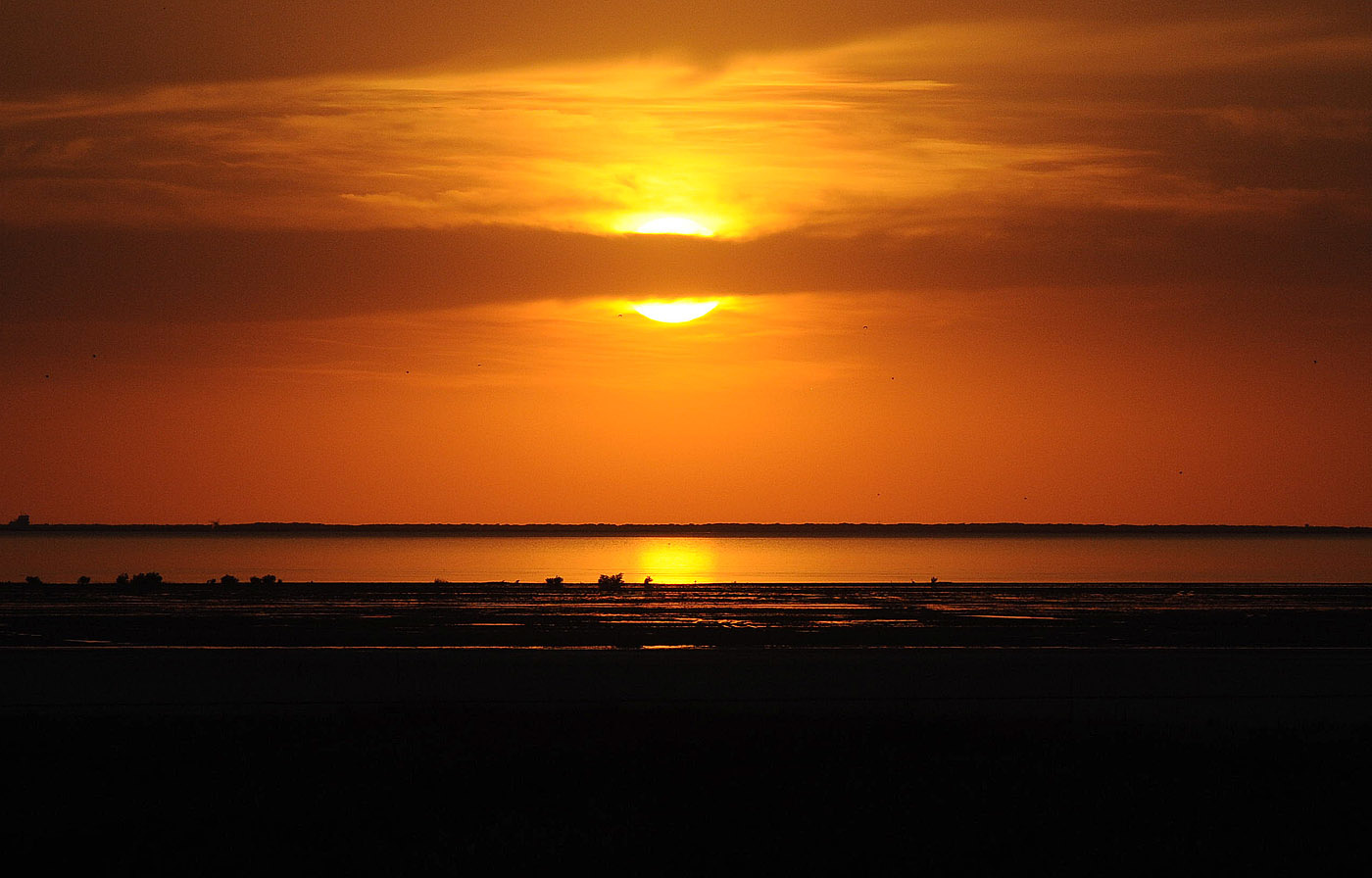

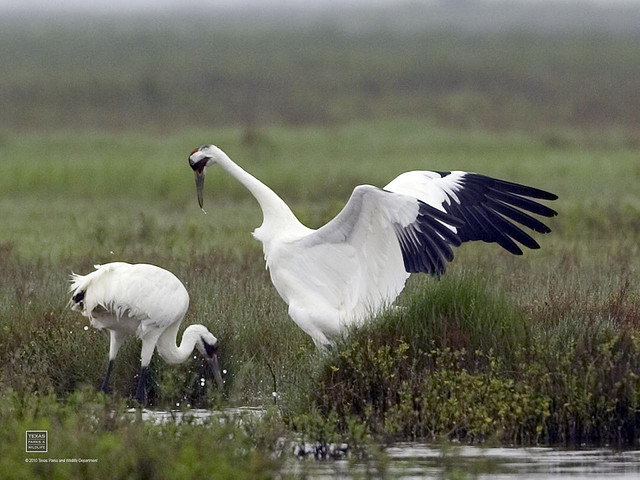
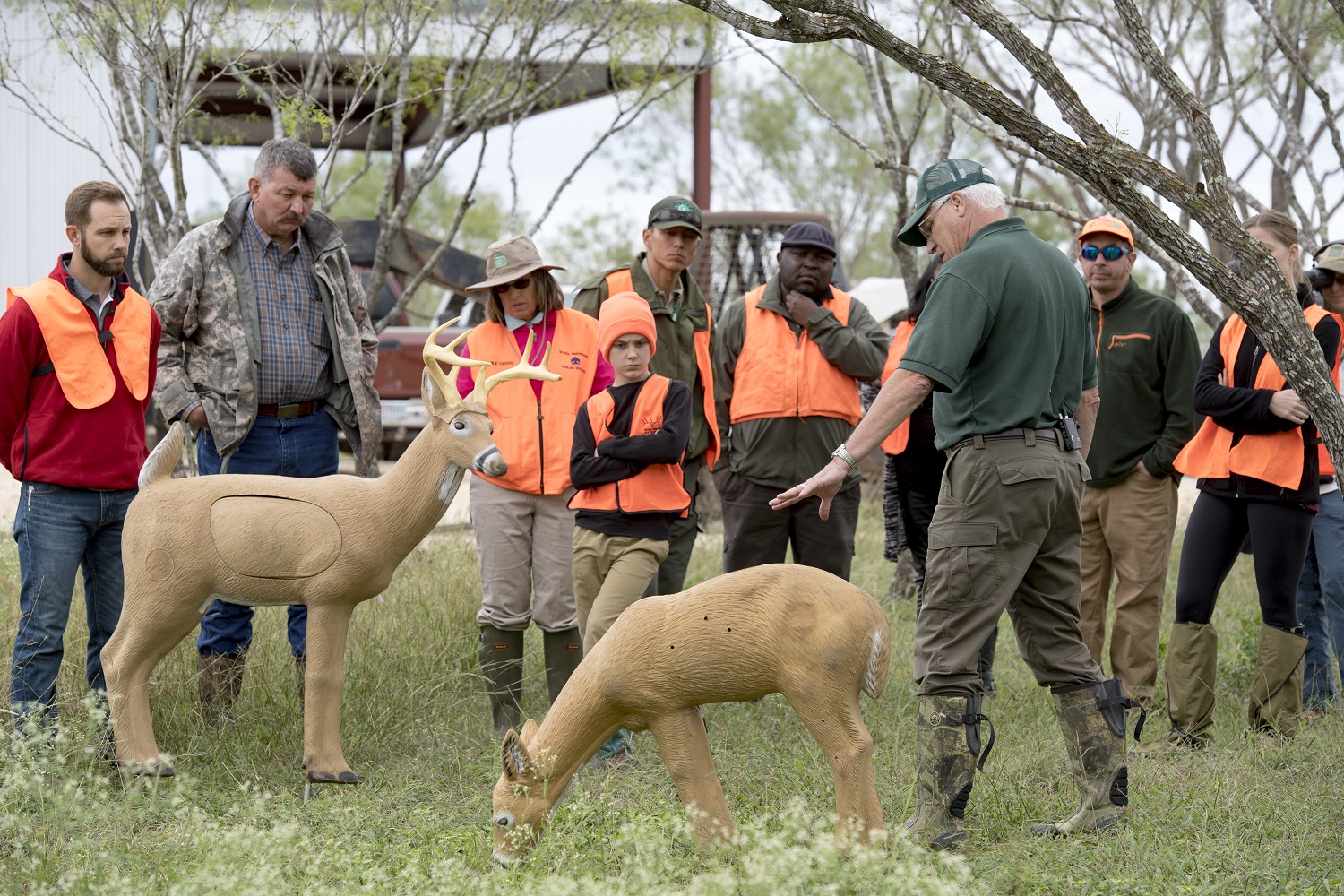
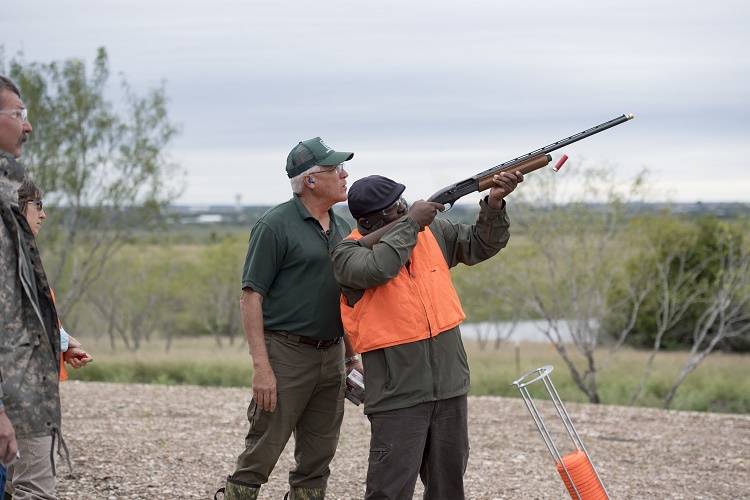
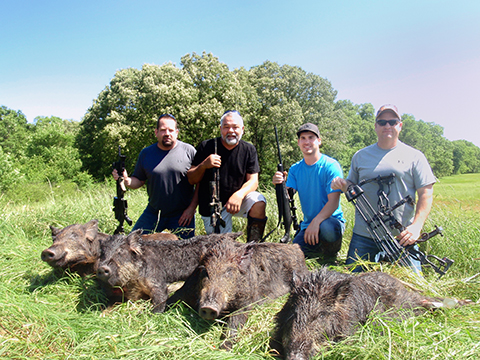

 Passport to Texas is a
Passport to Texas is a  Passport to Texas is made available by:
Passport to Texas is made available by: